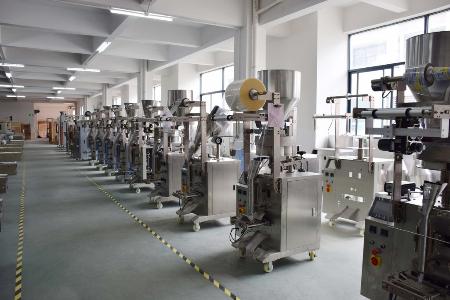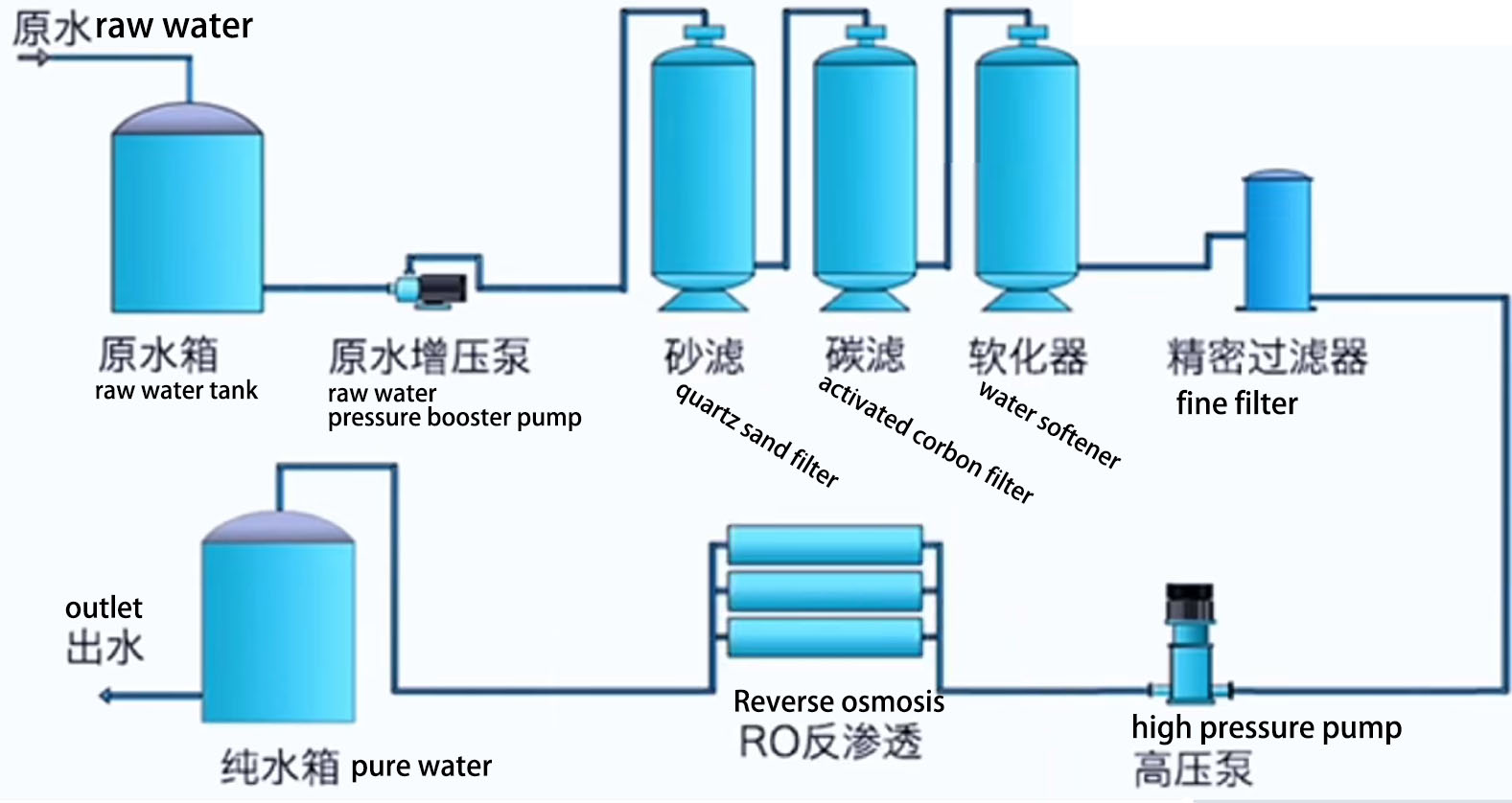
Reverse osmosis is a water purification process that uses a semi-permeable membrane to remove ions, molecules, and larger particles from water. It works by applying pressure to the water on one side of the membrane, allowing water molecules to pass through while blocking contaminants. In reverse osmosis, water is forced through a membrane, which is designed to allow only water molecules to pass through while rejecting impurities such as salts, minerals, and other particles. The pressure applied helps overcome the natural osmotic pressure and allows pure water to be separated from the concentrated solution. The process effectively removes a wide range of impurities, including dissolved salts, bacteria, viruses, and other contaminants, producing high-quality, purified water. Reverse osmosis is commonly used in water treatment systems for both residential and industrial applications, providing a reliable method for producing clean and safe drinking water.


Also known as a buffer water tank, it plays a certain buffering role for the raw water.
It pumps water from the raw water tank into the pre-boosting and pre-treatment system, used to increase the working pressure of the pre-treatment system.
Internally filled with various media, such as quartz sand, natural soft stones, etc., mainly used to remove suspended solids and solid substances in water.
Internally filled with coconut shell activated carbon media, it can adsorb color and odor in water, remove heavy metals, and synthetic detergents.
It can remove calcium and magnesium ions in water, reducing water hardness.
With a precision of 5 microns, its purpose is to remove particles larger than 5 microns and impurities brought by the pre-treatment system.
Equipped with an electric semi-open valve at the outlet to prevent the high-pressure water flow from impacting the module. It has a low-pressure switch at the inlet for pump emergency shutdown when the pressure is low, and a high-pressure switch on the high-pressure pipeline for high-pressure emergency shutdown when the pressure is high.
It uses state-of-the-art polyamide composite membrane components produced by Dow in the United States. After pre-treatment, saline water passes through the reverse osmosis membrane into fresh water. Various salts are separated along with the high-pressure water flow, achieving the purpose of salt and water separation. It has a program emergency stop device, flowmeter, monitoring of water production, and system water utilization rate, pure water conductivity meter for real-time water quality monitoring.
Connects to the water supply end for normal use.